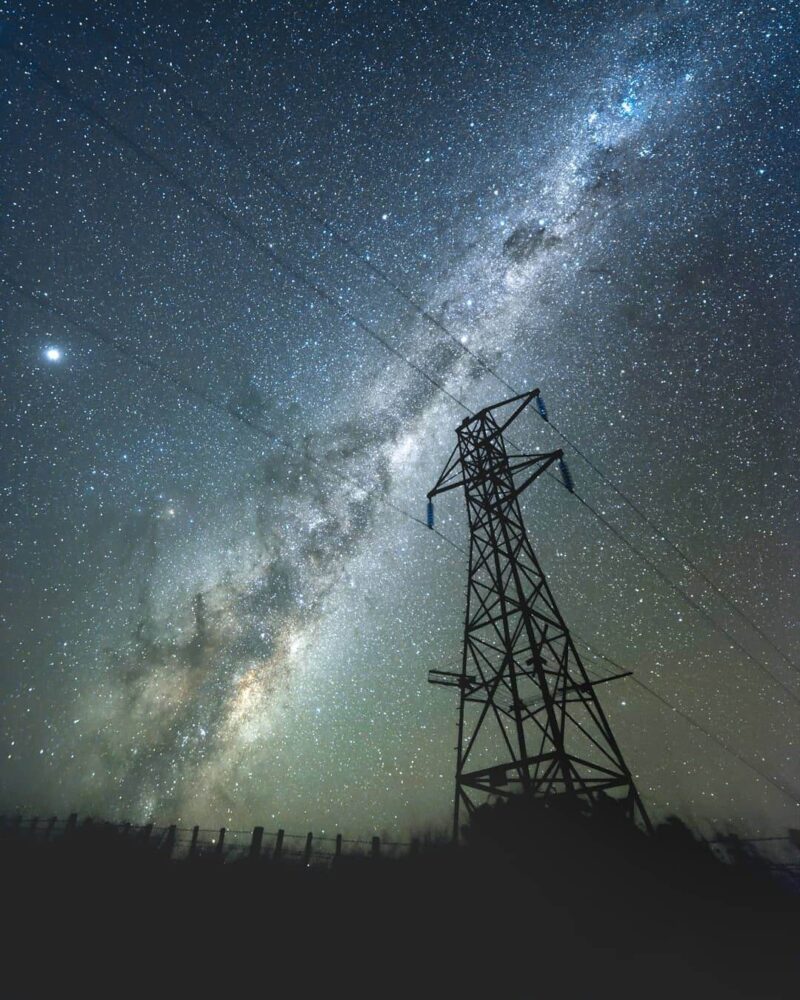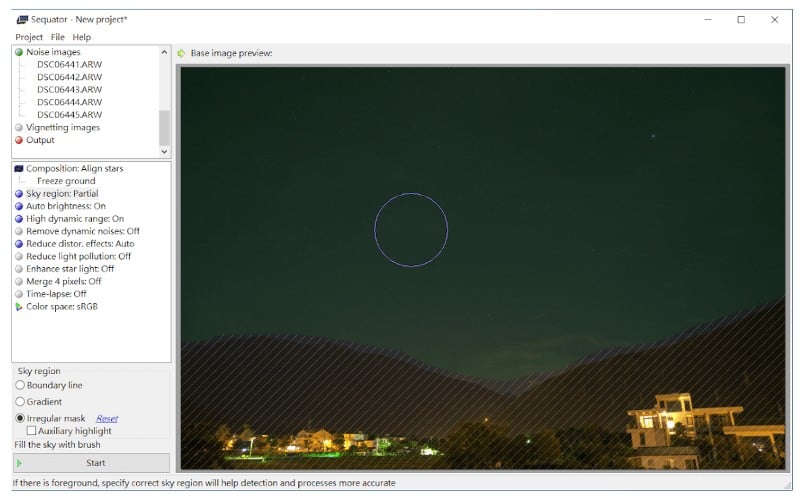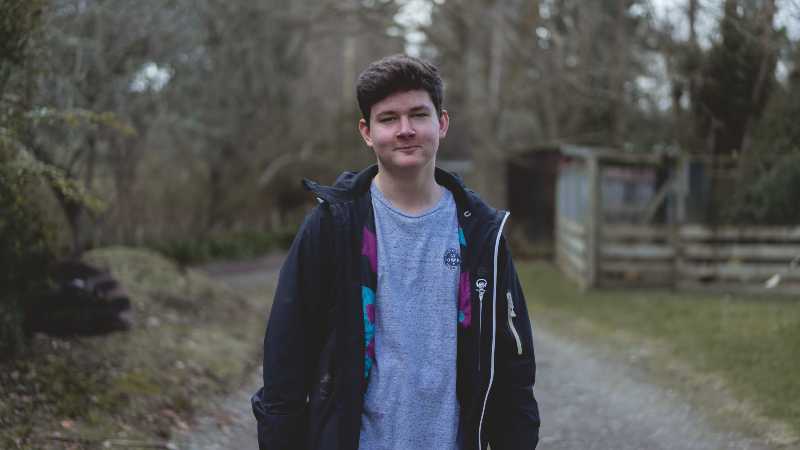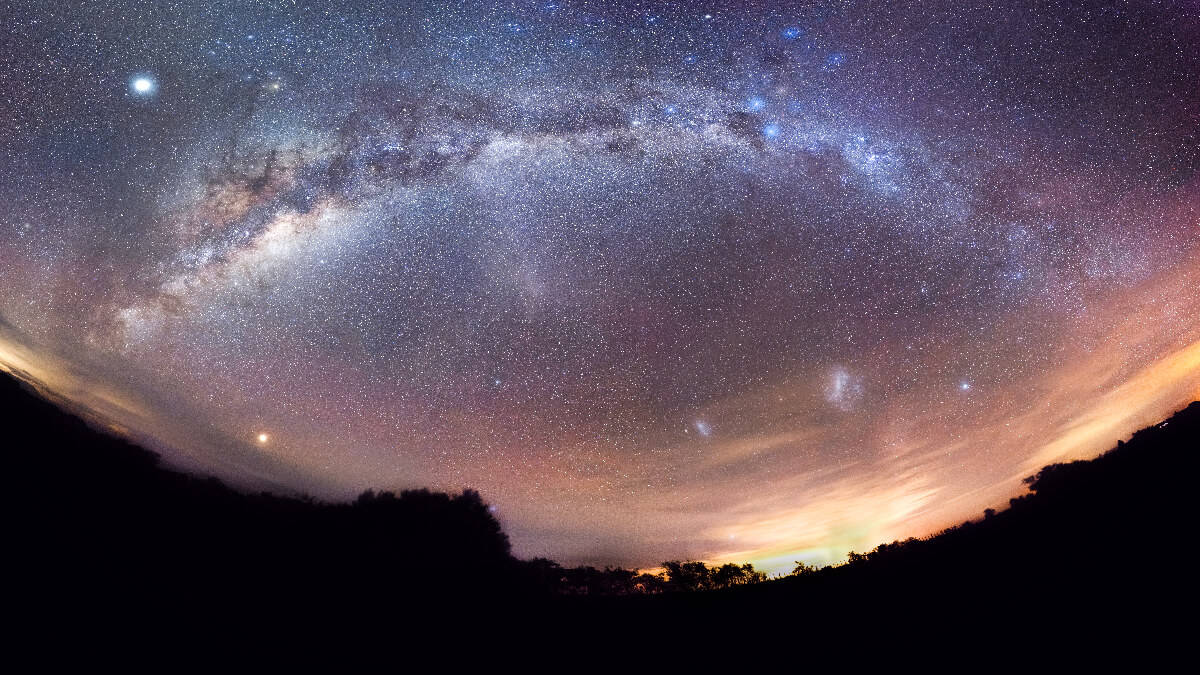In this interview, New Zealand’s Josh Sweet takes us through how he took this amazing Milky Way panorama (above).
How Did You Plan the Shot?
This shot wasn’t really planned. I knew I wanted to try and do a panorama but I didn’t know where to go or what to put in the foreground.
One night I went outside and checked the sky to see if it would be worth going out for photos, I saw the clearest Milky Way I have ever seen.
I knew I had to at least try to shoot so I went up the road a few kilometers until I could see all of the Milky Way arch.
I used the website In-The-Sky.org to see what direction the core would be in. The photos were taken at about 10:30 pm.

What Equipment Did You Use?
This image was shot on the Sony A7 II camera with the Sony 28mm f/2 lens.
I used a wireless remote shutter.
I also love to use the Rokinon 14mm f/2.8 and the Sony Zeiss 55mm f/1.8 lenses.
How Did You Compose the Shot?
This is a stacked panorama of 99 different exposures, each exposure being 5 seconds long at f/2 and ISO 6400.
I used a higher ISO because I was stacking to remove noise and it allowed me to use a shorter shutter speed and let me get out of the cold quicker.

What Post-Processing Did You Do?
I used Lightroom to do lens corrections and a slight white balance adjustment before I stacked them.
Stacking was done in Sequator to reduce noise with 5 images per stack.
I then imported them all to an application called Hugin which takes all of your images and stitches them together to create a panorama.
After the panorama was created I imported it into Lightroom where I made basic adjustments; white balance, tone curve, hue/saturation, etc. Then I went into Photoshop to fix some small errors from the stitching.
All of the post-processing took 7-8 hours. Most of my post I learned myself just messing around in Lightroom and some Youtube tutorials.

Can You Recommend Any Learning Resources For Other Astrophotographers?
I can highly recommend the website Lonely Speck, especially their tutorial on stacked astro panoramas, which is actually where I got the idea for this photo from:

About You – Josh Sweet
I live in New Zealand and am just a hobbyist right now but I would love to make photography my job!
My favorite types of photography have to be astrophotography and car/motorsport photography.
You can find me on Instagram @joshsweet24 if you want to see more of my work.
(This interview was first published on July 28, 2018)



